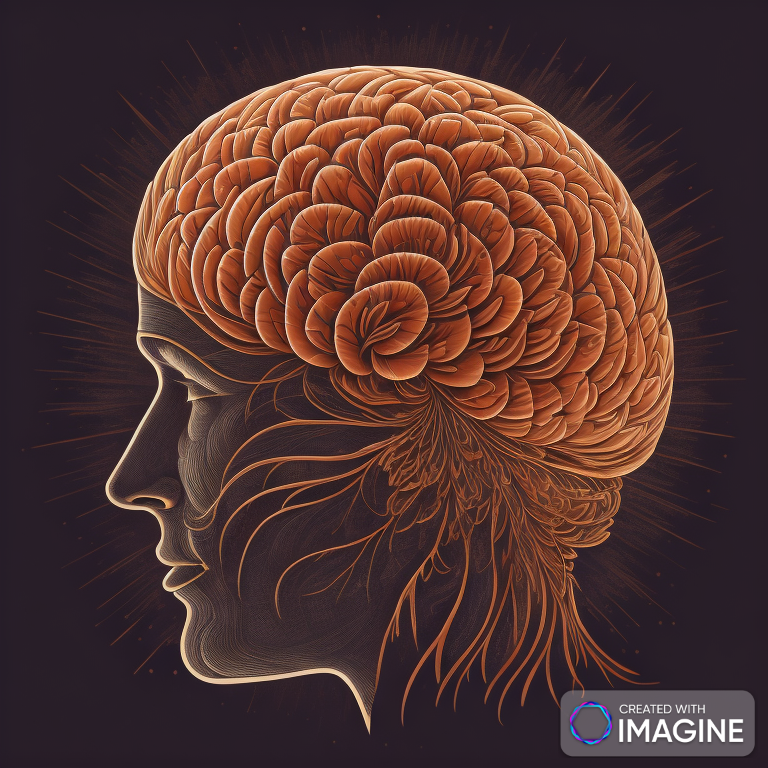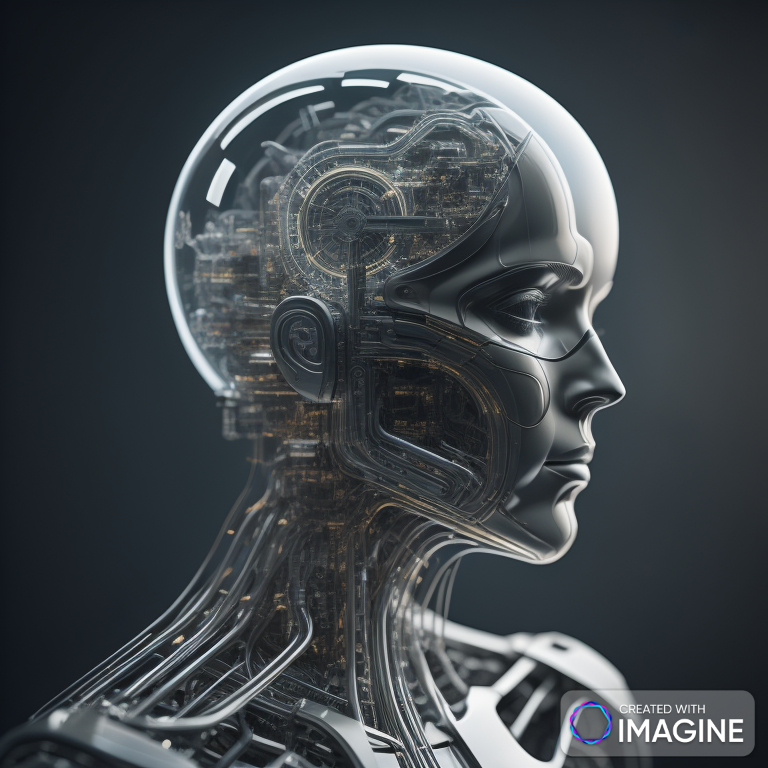In the realm of science and technology, models serve as indispensable tools for understanding complex phenomena, making predictions, and guiding decision-making processes. Among the diverse array of models, computational models, mathematical models, and statistical models stand out for their distinct approaches and applications.
Understanding Computational Models:
Computational models are mathematical representations implemented using computer algorithms. They simulate the behavior of real-world systems by encoding their dynamics, interactions, and properties into computational procedures. These models operate by iteratively executing algorithms to simulate the evolution of a system over time, generating insights into its behavior under different conditions.
Unraveling Mathematical Models:
Mathematical models express relationships between variables using mathematical equations. They encapsulate the essential features of a system in a compact and precise form, facilitating analysis, prediction, and optimization. Mathematical models can range from simple linear equations to complex differential equations, depending on the complexity of the system being studied.
Exploring Statistical Models:
Statistical models employ statistical techniques to analyze data and infer relationships between variables. They characterize the uncertainty inherent in real-world data and provide tools for making probabilistic predictions and drawing inference from observations. Statistical models encompass a wide range of methodologies, including regression analysis, time series analysis, and machine learning algorithms.
Origins and Foundations:
The development of computational, mathematical, and statistical models is deeply rooted in the quest to understand the natural world and solve practical problems. Scientific inquiry, engineering challenges, and societal needs have driven the evolution of these modeling paradigms over centuries.
The Evolution of Modeling Paradigms:
The inception of computational, mathematical, and statistical models traces back to the dawn of scientific inquiry and engineering endeavors. Through centuries of exploration, experimentation, and innovation, these modeling paradigms have evolved in tandem with advancements in mathematics, computing, and data analysis techniques.
Foundational Principles:
At the core of computational models lies the utilization of algorithms to simulate the dynamic behavior of systems. Mathematical models distill intricate relationships into concise equations, enabling precise analysis and prediction. Statistical models harness the power of probability theory to elucidate patterns and uncertainties inherent in data.
Construction and Methodology:
Building a model involves several key steps, including problem formulation, model conceptualization, parameter estimation, validation, and interpretation of results. Engineers, scientists, and researchers employ a combination of domain knowledge, mathematical proficiency, programming skills, and data analysis techniques to construct robust and accurate models.
Skill Set and Aptitude:
Proficiency in mathematics, programming, and data analysis is essential for building effective models. Strong analytical skills, problem-solving abilities, and domain expertise are also valuable assets in model development. A keen understanding of the underlying principles and assumptions of different modeling approaches is crucial for successful application.
Proficiency in mathematical modeling, programming, and data analysis is indispensable for model development. Furthermore, effective modelers possess strong analytical acumen, problem-solving prowess, and a keen understanding of the underlying principles governing complex systems.
Role in Artificial Intelligence:
Computational, mathematical, and statistical models form the backbone of artificial intelligence (AI) systems. Machine learning algorithms, neural networks, and deep learning architectures are all manifestations of these modeling principles. AI leverages these models to learn patterns from data, make predictions, and perform complex tasks autonomously.
Methodological Framework:
Engineers, scientists, and researchers embark on a journey of exploration, iteratively refining their models through empirical validation and theoretical refinement.
Applications and Benefits:
The applications of computational, mathematical, and statistical models are vast and diverse. From predicting weather patterns and optimizing industrial processes to modeling biological systems and designing financial models, these tools find applications across various domains. The end benefits of building these models include improved decision-making, enhanced understanding of complex phenomena, and the ability to tackle real-world challenges more effectively.
Interdisciplinary Collaboration:
Constructing robust models necessitates collaboration across diverse fields, including mathematics, computer science, engineering, and domain-specific disciplines. This interdisciplinary synergy fosters the integration of theoretical insights, computational methodologies, and empirical observations, enriching the modeling process.
Continuous Innovation:
The landscape of modeling is continuously evolving, propelled by technological breakthroughs, theoretical advancements, and novel applications. From agent-based modeling to deep learning architectures, researchers push the boundaries of modeling paradigms, unlocking new avenues for exploration and discovery.
Ethical Considerations:
As models wield significant influence in decision-making processes, ethical considerations loom large. Modelers must navigate ethical dilemmas surrounding data privacy, algorithmic bias, and societal implications, ensuring that their models serve the greater good while minimizing unintended consequences.
Real-World Applications:
The applications of computational, mathematical, and statistical models are pervasive across diverse domains. From predicting financial markets and optimizing supply chains to modeling epidemiological spread and simulating climate dynamics, these models empower decision-makers with insights and foresight.
Empowering Artificial Intelligence:
Artificial intelligence leverages computational, mathematical, and statistical models as building blocks for learning, inference, and decision-making. Machine learning algorithms, neural networks, and reinforcement learning frameworks embody the principles of modeling, enabling AI systems to emulate human-like intelligence.
Societal Impact:
The end benefits of building robust models are manifold, ranging from informed decision-making and resource optimization to societal resilience and sustainable development. By harnessing the power of modeling, humanity endeavors to address pressing challenges and forge a brighter future for generations to come.
Modeling as a Gateway to Understanding:
Models serve as a gateway to understanding complex phenomena, providing insights into the inner workings of natural and engineered systems. By abstracting essential features and relationships, models offer a lens through which we can analyze, predict, and manipulate the behavior of diverse systems.
Incorporating Domain Knowledge:
Successful model development necessitates a deep understanding of the domain under study. Domain experts contribute invaluable insights into system dynamics, constraints, and relevant variables, enriching the fidelity and applicability of the models.
Uncertainty Quantification:
A critical aspect of modeling involves quantifying and managing uncertainty. Statistical models enable probabilistic reasoning, allowing modelers to account for variability and error in data, predictions, and decision outcomes, thus enhancing the reliability and robustness of the models.
Model Validation and Verification:
Ensuring the accuracy and reliability of models entails rigorous validation and verification processes. Model validation involves comparing model predictions with real-world observations, while verification entails confirming that the model accurately represents the underlying system dynamics.
Model Interpretability and Transparency:
In an era marked by increasing reliance on complex models, interpretability and transparency are paramount. Modelers strive to develop models that are interpretable, allowing stakeholders to understand the rationale behind predictions and decisions, fostering trust and accountability.
Scaling Complexity:
Modelers grapple with the challenge of scaling complexity, particularly when dealing with large-scale systems or high-dimensional data. Techniques such as dimensionality reduction, parallel computing, and distributed modeling frameworks enable the efficient exploration of complex phenomena.
Dynamic Modeling:
Many real-world systems exhibit dynamic behavior, characterized by temporal evolution and feedback loops. Dynamic modeling techniques, including differential equations, discrete-event simulation, and system dynamics modeling, capture the time-dependent interactions and emergent properties of dynamic systems.
Ensemble Modeling:
Incorporating diverse modeling approaches through ensemble modeling enhances the robustness and reliability of predictions. By combining multiple models or model variants, ensemble techniques mitigate the limitations and biases inherent in individual models, yielding more accurate and robust predictions.
Iterative Refinement:
Model development is an iterative process, characterized by continuous refinement and improvement. Modelers gather feedback from stakeholders, incorporate new data and insights, and refine model parameters and assumptions iteratively, enhancing the model’s predictive power and relevance.
Democratizing Modeling Tools:
Advancements in technology have democratized access to modeling tools and methodologies, empowering individuals and organizations to develop and deploy models for a wide range of applications. Open-source software, cloud-based platforms, and user-friendly interfaces lower barriers to entry, fostering innovation and collaboration in the modeling community.
Harnessing Big Data:
The proliferation of big data presents both opportunities and challenges for modeling. Big data analytics techniques, including data mining, machine learning, and deep learning, enable modelers to extract valuable insights from vast and heterogeneous datasets, unlocking new possibilities for understanding and predicting complex phenomena.
Integrating Human Expertise:
While data-driven approaches are powerful, human expertise remains indispensable in model development. Modelers collaborate with domain experts to contextualize data, validate model assumptions, and interpret results, enriching the modeling process with qualitative insights and domain knowledge.
Ethical Model Design:
Ethical considerations permeate every stage of the modeling process, from data collection and preprocessing to model deployment and interpretation. Modelers must navigate ethical dilemmas surrounding privacy, fairness, and bias, ensuring that their models uphold ethical standards and promote social good.
Real-Time Modeling and Decision-Making:
In today’s fast-paced world, the ability to model and make decisions in real time is increasingly valuable. Real-time modeling frameworks leverage streaming data, adaptive algorithms, and distributed computing to enable timely insights and decision-making in dynamic and evolving environments.
Spatial Modeling:
Spatial modeling techniques capture the spatial dependencies and heterogeneity present in geospatial data. Geographic information systems (GIS), spatial statistics, and agent-based modeling enable modelers to analyze spatial patterns, simulate spatial processes, and design spatially optimized solutions across various domains.
Temporal Modeling:
Temporal modeling focuses on capturing the temporal dynamics and patterns inherent in time-series data. Time series analysis, temporal logic, and event-driven modeling techniques enable modelers to forecast future trends, detect anomalies, and simulate temporal processes, enhancing our understanding of temporal phenomena.
Multi-Agent Systems:
Multi-agent systems model complex systems as collections of autonomous agents interacting within a shared environment. Agent-based modeling and simulation techniques enable modelers to explore emergent behaviors, collective phenomena, and system-level properties arising from individual agent interactions.
Hybrid Modeling Approaches:
Hybrid modeling approaches combine multiple modeling paradigms to capture the richness and complexity of real-world systems. Integrating computational, mathematical, and statistical models, hybrid approaches leverage the strengths of each modeling paradigm to address multifaceted challenges and phenomena.
Model Deployment and Integration:
Effective model deployment and integration are essential for translating modeling insights into actionable outcomes. Model deployment frameworks, application programming interfaces (APIs), and integration platforms enable seamless integration of models into decision support systems, business processes, and operational workflows.
Ethical Model Design:
Ethical considerations permeate every stage of the modeling process, from data collection and preprocessing to model deployment and interpretation. Modelers must navigate ethical dilemmas surrounding privacy, fairness, and bias, ensuring that their models uphold ethical standards and promote social good.
Real-Time Modeling and Decision-Making:
In today’s fast-paced world, the ability to model and make decisions in real time is increasingly valuable. Real-time modeling frameworks leverage streaming data, adaptive algorithms, and distributed computing to enable timely insights and decision-making in dynamic and evolving environments.
Spatial Modeling:
Spatial modeling techniques capture the spatial dependencies and heterogeneity present in geospatial data. Geographic information systems (GIS), spatial statistics, and agent-based modeling enable modelers to analyze spatial patterns, simulate spatial processes, and design spatially optimized solutions across various domains.
Temporal Modeling:
Temporal modeling focuses on capturing the temporal dynamics and patterns inherent in time-series data. Time series analysis, temporal logic, and event-driven modeling techniques enable modelers to forecast future trends, detect anomalies, and simulate temporal processes, enhancing our understanding of temporal phenomena.
Multi-Agent Systems:
Multi-agent systems model complex systems as collections of autonomous agents interacting within a shared environment. Agent-based modeling and simulation techniques enable modelers to explore emergent behaviors, collective phenomena, and system-level properties arising from individual agent interactions.
Hybrid Modeling Approaches:
Hybrid modeling approaches combine multiple modeling paradigms to capture the richness and complexity of real-world systems. Integrating computational, mathematical, and statistical models, hybrid approaches leverage the strengths of each modeling paradigm to address multifaceted challenges and phenomena.
Model Deployment and Integration:
Effective model deployment and integration are essential for translating modeling insights into actionable outcomes. Model deployment frameworks, application programming interfaces (APIs), and integration platforms enable seamless integration of models into decision support systems, business processes, and operational workflows.
Lifelong Learning and Adaptation:
Models are not static entities but evolve over time in response to new data, insights, and changing environments. Lifelong learning and adaptation techniques enable models to continuously learn from experience, update their parameters, and adapt their predictions and behaviors to evolving conditions, ensuring their relevance and efficacy in dynamic settings.
In conclusion, computational, mathematical, and statistical models represent powerful tools for understanding, analyzing, and predicting the behavior of complex systems. Their construction requires a multidisciplinary approach, blending mathematical rigor, computational expertise, and domain-specific knowledge. As we continue to advance in science and technology, the role of these models in shaping our understanding of the world and driving innovation will only become more profound.







